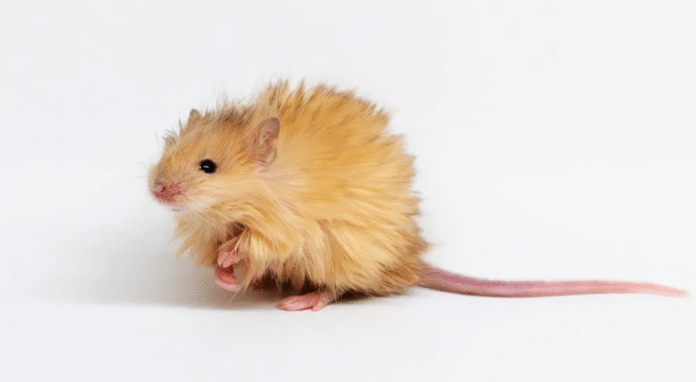By Sophia Byl
A colossal creature that can grow to be 10 feet tall, sporting scraggly tan fur and sharp curled tusks. It roams the tundras of Eurasia, braving temperatures far below freezing as it traverses mountains and plains. Woolly mammoths sound pretty scary on paper, but like modern day elephants (more specifically Asian elephants, as those are the mammoth’s closest living relatives) they are relatively gentle herbivores who only attack when provoked.
But there’s a much bigger, glaring reason why you don’t need to worry about woolly mammoths stepping on your car or attacking you in the street. Save for the likes of Manny from the Ice Age movies, most human beings will never so much as glimpse a woolly mammoth in their lifetime. All species of mammoth went extinct thousands of years ago, with no hope of being revived. But is that really true? Modern science and genetic engineering would beg to differ.
Well, we haven’t exactly brought the woolly mammoth back from the dead. What scientists at Colossal Bioscience, a biotechnology company based in Dallas, have managed to do is create a remarkably furry, golden, and adorable mouse. Dubbed the “woolly mouse,” this new genetically engineered organism has captured the heart of millions worldwide on social media. But there are many misunderstandings surrounding the origin of the woolly mice – for example, that they are a brand new species of mouse, or that they were created by splicing woolly mammoth genes into regular mice.
The woolly mice were actually created using simple gene-editing techniques. First, geneticists identified a couple of different genes present in mice that controlled certain traits, then edited those traits so that the mouse would present with a more “mammoth-like” phenotype. For example, the gene FGF5 (short for fibroblast growth factor 5) controls hair growth in mice. By deleting this gene from the mice’s genome, Colossal managed to create mice with long and curly fur: much closer to a mammoth’s fur than a regular mouse coat. Other genes that were edited include MC1R (which controls melanin production) and FRZD6 (which controls how curly the fur is). The result is the adorable woolly mouse that may just be a mammoth step in bringing back extinct species.
Dr. Beth Shapiro, who is the chief research scientist at Colossal, says that the woolly mouse experiments are “an important step toward validating our approach to resurrecting traits that have been lost to extinction and that our goal is to restore.” She also works as an ecology and evolutionary biology professor at UC Santa Cruz, but is currently on a leave of absence to pursue the woolly mouse project. Shapiro explained that since the lab is able to engineer woolly mice with relatively consistent and successful results, the method seems promising for the future.
Other scientists have commended the Dallas company for their advanced methods and great advancements in genetic engineering. Love Dalén, an evolutionary genomics professor at Stockholm University, said that Colossal’s ability to edit multiple mouse genes simultaneously is quite impressive, and that “it is a proof-of-principle that Colossal has the know-how to do this kind of gene editing, including to insert mammoth gene variants into a different species.”
But the Colossal Lab has its critics too. The most obvious thing is that we haven’t exactly reached the goal of reviving the woolly mammoth just yet. “Mice are not elephants,” Shapiro commented, “which people have helpfully pointed out to us, as if we didn’t know that.” There’s also bigger ethical questions at stake, too – mammoths are social animals, so only having a few alive at once would be a detriment to their species. And who said it would be best for the ecosystem to revive them, anyways? The woolly mouse experiment is certainly a big win in the field of engineering, but it also brings to light some of the larger issues with the human race: our mindset that we are in a position to manipulate other living beings, and the apparent “need” to control everything around us, regardless of how they feel.

